
Stanislaus Pascal Franchot Tone was an American actor, producer, and director of stage, film and television. He was a leading man in the 1930s and early 1940s, and at the height of his career was known for his gentlemanly sophisticate roles, with supporting roles by the 1950s. His acting crossed many genres including pre-Code romantic leads to noir layered roles and World War I films. He appeared as a guest star in episodes of several golden age television series, including The Twilight Zone and The Alfred Hitchcock Hour while continuing to act and produce in the theater and movies throughout the 1960s.
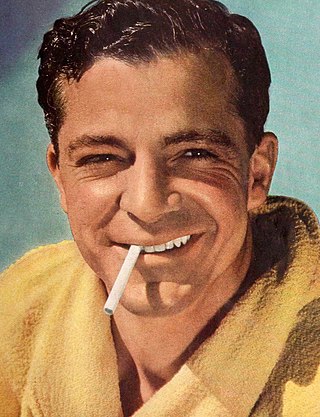
Carver Dana Andrews was an American film actor who became a major star in what is now known as film noir. A leading man during the 1940s, he continued acting in less prestigious roles and character parts into the 1980s. He is best known for his portrayal of obsessed police detective Mark McPherson in the noir Laura (1944) and his critically acclaimed performance as World War II veteran Fred Derry in The Best Years of Our Lives (1946).
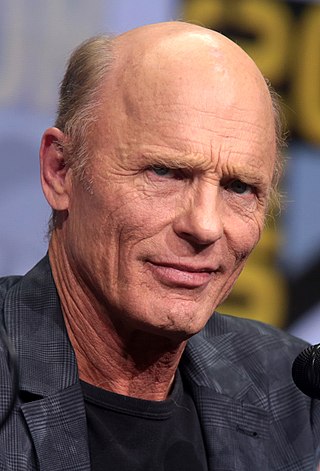
Edward Allen Harris is an American actor and filmmaker. His performances in Apollo 13 (1995), The Truman Show (1998), Pollock (2000), and The Hours (2002) earned him critical acclaim and Academy Award nominations.

Darryl Francis Zanuck was an American film producer and studio executive; he earlier contributed stories for films starting in the silent era. He played a major part in the Hollywood studio system as one of its longest survivors. He produced three films that won the Academy Award for Best Picture during his tenure at 20th Century Fox.

John Richard Basehart was an American actor. He starred as Admiral Harriman Nelson in the television science-fiction drama Voyage to the Bottom of the Sea (1964–68). He also portrayed Wilton Knight in the pilot episode of the TV series Knight Rider (1982), and provided the narration that was heard during the opening credits throughout the entire series.
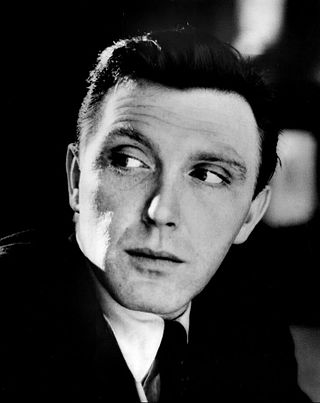
Robert Lansing was an American stage, film, and television actor.
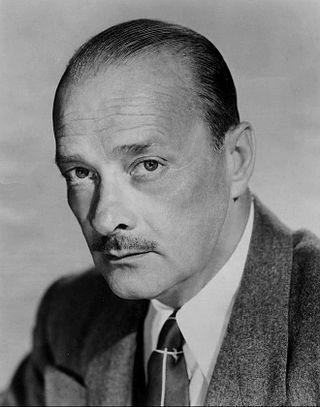
Rolland Keith Richey, known professionally as Robert Keith, was an American stage and film actor who appeared in several dozen films, mostly in the 1950s as a character actor.

Henry Hathaway was an American film director and producer. He is best known as a director of Westerns, especially starring Randolph Scott and John Wayne. He directed Gary Cooper in seven films.

Spyros Panagiotis Skouras was a Greek-American motion picture pioneer and film executive who was the president of 20th Century-Fox from 1942 to 1962. He resigned June 27, 1962, but served as chairman of the company for several more years. He also had numerous ships, owning Prudential Lines.

The Desert Fox is a 1951 American biographical war film from 20th Century Fox about the role of German Field Marshal Erwin Rommel in World War II. It stars James Mason in the title role, was directed by Henry Hathaway, and was based on the book Rommel: The Desert Fox by Brigadier Desmond Young, who served in the British Indian Army in North Africa.
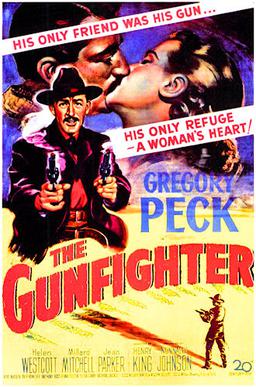
The Gunfighter is a 1950 American Western film directed by Henry King and starring Gregory Peck, Helen Westcott, Millard Mitchell and Karl Malden. It was written by screenwriters William Bowers and William Sellers, with an uncredited rewrite by writer and producer Nunnally Johnson, from a story by Bowers, Roger Corman, and screenwriter and director Andre de Toth. The film was the second of King's six collaborations with Peck.

North to Alaska is a 1960 American comedy Western/Northern film directed by Henry Hathaway and John Wayne (uncredited). The picture stars Wayne along with Stewart Granger, Ernie Kovacs, Fabian, and Capucine. The script is based on the 1939 play Birthday Gift by Ladislas Fodor and is set during the Nome gold rush.
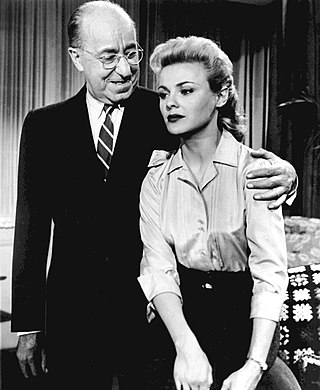
The 20th Century Fox Hour is an American drama anthology series televised in the United States on CBS from 1955 to 1957. Some of the shows in this series were restored, remastered and shown on the Fox Movie Channel in 2002 under the title Hour of Stars. The season one episode Overnight Haul, starring Richard Conte and Lizabeth Scott, was released in Australia as a feature film.

Robert Lenard Lippert was an American film producer and cinema chain owner. He was president and chief operating officer of Lippert Theatres, Affiliated Theatres and Transcontinental Theatres, all based in San Francisco, and at his height, he owned a chain of 139 movie theaters.
Robert D. Webb was an American film director. He directed 16 films between 1945 and 1968. He won the Academy Award for Best Assistant Director for In Old Chicago, the last time that category was offered.
John William Warde was a 26-year-old American bank clerk from Southampton, New York, who committed suicide on July 26, 1938. He leaped from a window ledge of the 17th floor of the Gotham Hotel at 5th Avenue and 55th Street in Manhattan. The son of a Long Island express agent, his 12-hour dilemma before jumping held 300 New York City Police Department officers at bay. They were afraid of making a bold move that might cause Warde to jump.
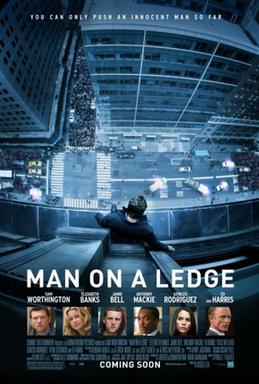
Man on a Ledge is a 2012 American action thriller film directed by Asger Leth, starring Sam Worthington, Jamie Bell, Elizabeth Banks, Edward Burns, Anthony Mackie, Genesis Rodriguez, and Ed Harris. Filming took place in New York City on top of the Roosevelt Hotel. The film received generally negative reviews from critics and grossed $47 million against its $42 million budget.

The Chinese Cat is a 1944 mystery film starring Sidney Toler as Charlie Chan.

The 3rd Voice is a 1960 American neo noir thriller crime drama film directed and written by Hubert Cornfield, who also produced the film with Maury Dexter. It is based on the novel All the Way by Charles Williams and stars Edmond O'Brien, Laraine Day, and Julie London.

The Hotel Marguery was the first of three buildings located at 270 Park Avenue in the Midtown Manhattan neighborhood of New York City. It was a six-building apartment hotel complex built in 1917 as part of Terminal City. It was demolished in 1957 to make way for the Union Carbide Building.


















